Repeated submarine cable breaks in the Baltic Sea have raised alarm bells about the complex security of critical undersea infrastructure, forcing NATO and the European Union (EU) to take urgent action.
Series of submarine cable breaks in the Baltic
Fingrid, a Finnish power company, announced on December 25 that the EstLink 2 submarine power transmission cable connecting Finland and Estonia had stopped operating, and said that two ships were near the cable before the incident. This is the latest in a series of incidents involving important infrastructure in the Baltic Sea, according to CNN.
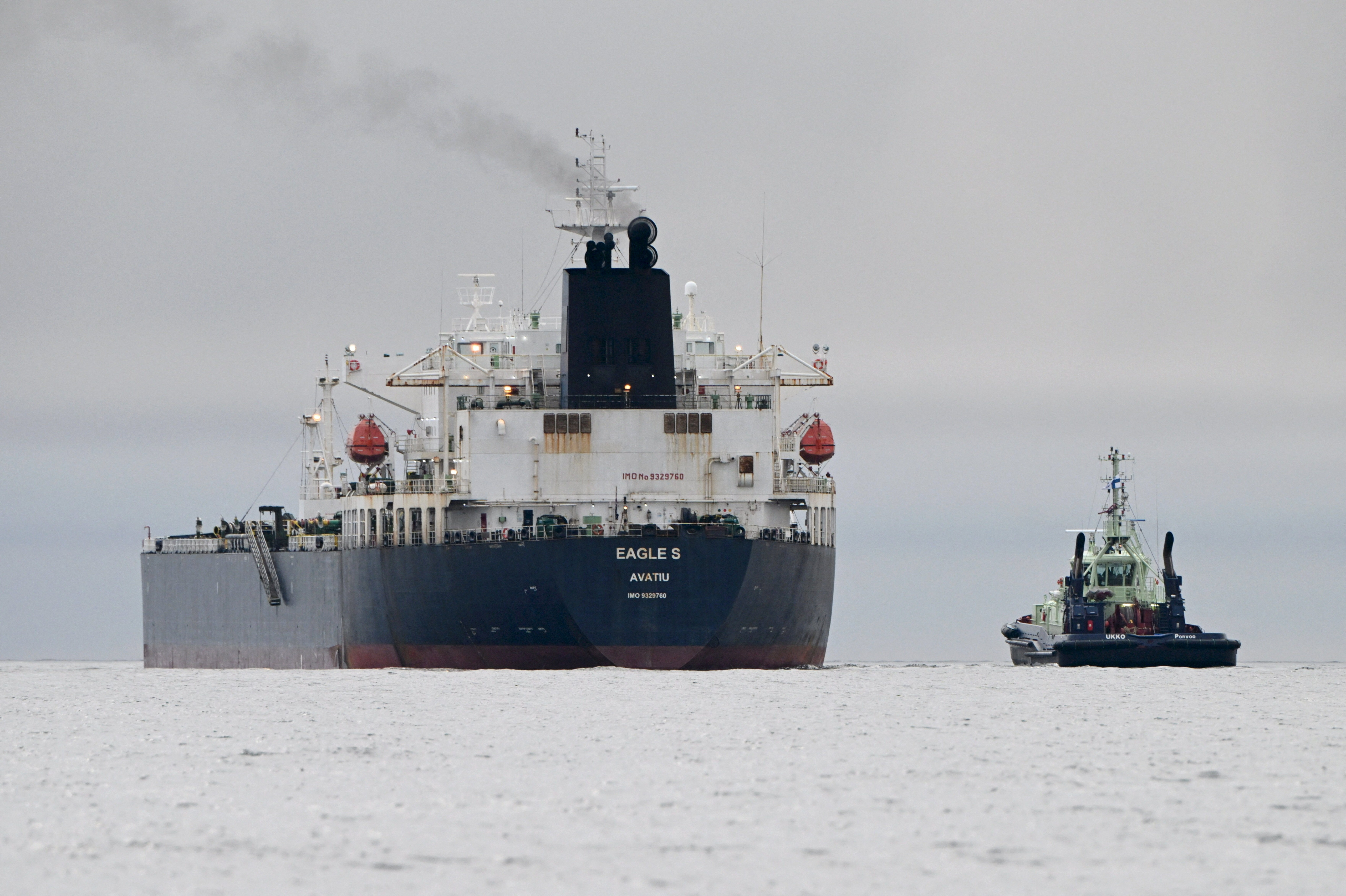
Finnish tugboat Ukko (right) sails near the oil tanker Eagle S in the Gulf of Finland on December 28, 2024. The Eagle S is suspected of being involved in the EstLink 2 submarine cable break.
Finnish coast guard officers searched the Cook Islands-flagged oil tanker Eagle S on December 26 for suspected involvement. The ship was then taken into Finnish waters. Finnish customs said it seized cargo and believed the Eagle S was part of a European country’s “shadow fleet” of aging oil tankers used to evade sanctions on oil sales.
Finnish police said on December 27 that they were investigating the Eagle S for “serious sabotage” and that crew members had been questioned. Finland and Estonia said that repairs to Estlink 2 would take months, with the ship expected to be back in service by August 1, 2025.
NATO exercises to protect Baltic Sea after serious cable break
In addition to EstLink 2, four other Baltic Sea internet cables have also been damaged recently. The Finnish transport and communications agency Traficom said two Baltic Sea cables owned by Finnish telecommunications company Elisa, connecting Finland with Estonia, were severed on December 25, while a third cable owned by Chinese conglomerate Citic was also damaged. The Finland-Germany internet cable, owned by Finnish conglomerate Cinia, is also believed to have been severed.
According to Anadolu Agency, the Arelion submarine cables, connecting the Swedish island of Gotland with Lithuania, and the C-Lion 1 submarine communications cable between Helsinki, Finland, and Rostock, Germany, were damaged near Swedish territorial waters in mid-November. By the end of November, two telecommunications cables connecting Sweden and Denmark were also severed. Authorities suspect the incident is related to the Chinese ship Yi Peng 3, which had passed through the area, according to CNN.
In October, an underground gas pipeline between Finland and Estonia was shut down after the anchor of a Chinese cargo ship allegedly damaged the pipeline. European officials have suggested that sabotage may be behind the recent disruptions and is “likely linked to the Russia-Ukraine conflict,” according to Anadolu. However, the Kremlin has dismissed the allegations as “absurd.”
Baltic countries "call for help" from NATO
Several Baltic countries on December 26 asked NATO to strengthen the protection of undersea infrastructure in the region, following recent incidents involving submarine cables. On social network X, Lithuanian President Gitanas Nauseda shared: "The damage to an important undersea power cable connecting Finland and Estonia shows that the frequency of cable breaks in the Baltic Sea is increasing."
President Nauseda said that incidents involving submarine cables "are no longer accidental", therefore the protection of undersea infrastructure "must be a key priority in cooperation in the Baltic Sea both at the NATO and bilateral level".
Lithuanian Interior Minister Kestutis Budrys also stressed: "The increasing number of incidents in the Baltic Sea, affecting critical infrastructure, must be a serious and urgent warning for both NATO and the European Union (EU)." According to the Lithuanian official, all mechanisms within NATO, international and regional security frameworks must be activated to protect these submarine cables.
Reuters reported that Estonian Prime Minister Kristen Michal on December 26 expressed her desire for NATO to provide more naval forces as a deterrent fleet after the EstLink 2 power cable between Finland and Estonia was severed. On the same day, Finnish President Alexander Stubb said: "We have agreed with Estonia and also discussed with NATO Secretary General Mark Rutte that we want a stronger NATO presence."
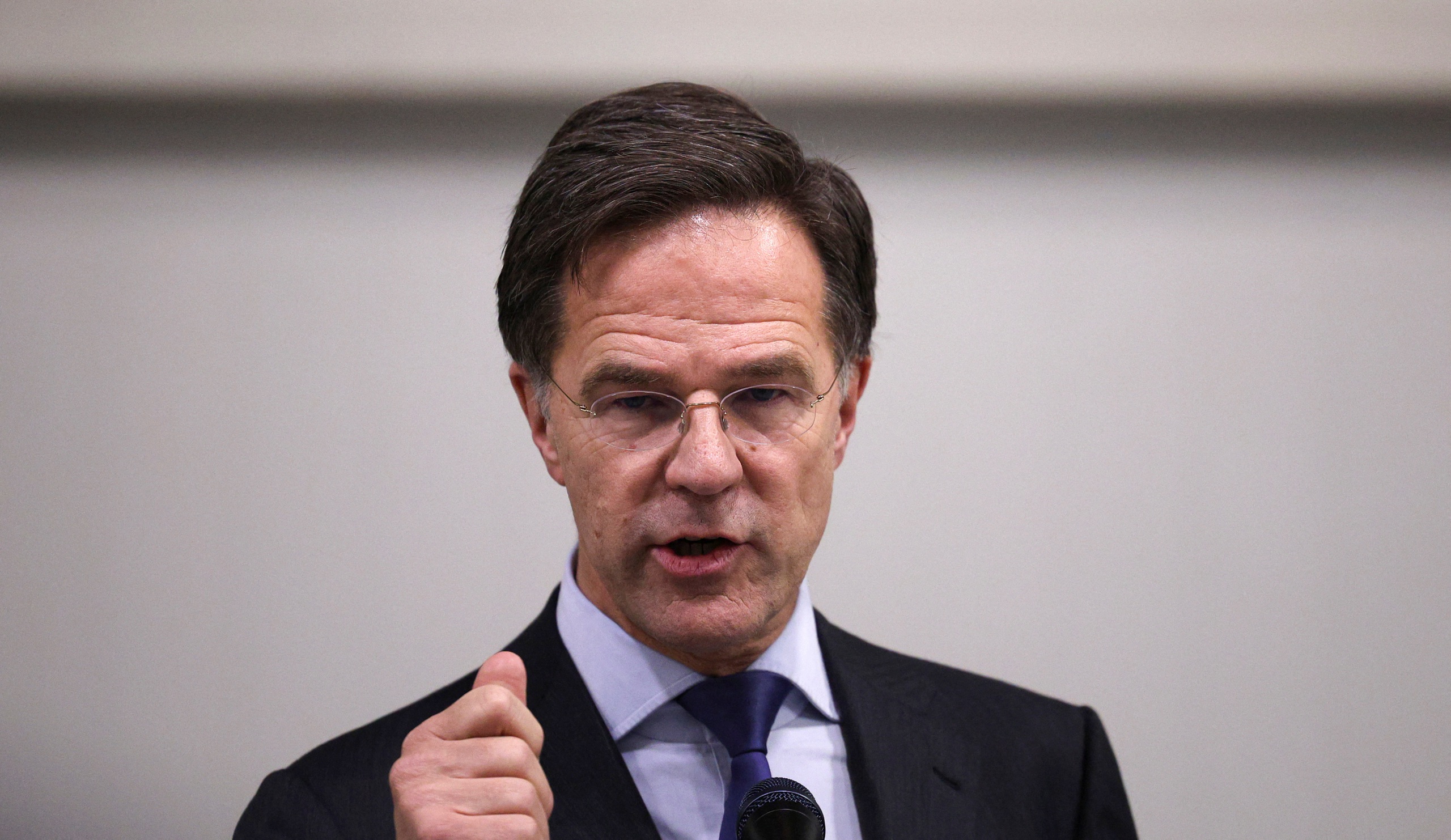
NATO Secretary General Mark Rutte
Responding to the calls, NATO Secretary General Mark Rutte said on December 27 that the organization was following the investigations and was ready to provide further support to the countries involved. According to him, the alliance would increase its presence in the Baltic Sea after a series of submarine cable failures, and called for solidarity among members.
A spokesman for the US National Security Council said it was working closely with allies and stood ready to assist in their investigations, while stressing the need for increased international cooperation in protecting critical undersea infrastructure.
At a summit of Nordic and Baltic leaders in Sweden in late November, Polish Prime Minister Donald Tusk proposed a joint naval patrol program between the Baltic states to protect undersea infrastructure from external security threats. According to Politico, the program would run in parallel with the Baltic air patrol mission currently underway.
Source: https://thanhnien.vn/nato-hanh-dong-sau-cac-vu-dut-cap-ngam-bi-an-185241228164606718.htm


![[Photo] National Assembly Chairman Tran Thanh Man attends the summary of the organization of the Conference of the Executive Committee of the Francophone Parliamentary Union](https://vstatic.vietnam.vn/vietnam/resource/IMAGE/2025/4/15/fe022fef73d0431ab6cfc1570af598ac)
![[Photo] General Secretary To Lam meets with veteran revolutionary cadres, meritorious people, and exemplary policy families](https://vstatic.vietnam.vn/vietnam/resource/IMAGE/2025/4/15/7363ba75eb3c4a9e8241b65163176f63)
![[Photo] Air Force actively practices for the April 30th celebration](https://vstatic.vietnam.vn/vietnam/resource/IMAGE/2025/4/15/16fdec3e42734691954b853c00a7ce01)
![[Photo] Ho Chi Minh City after 50 years of national reunification through buildings and symbols](https://vstatic.vietnam.vn/vietnam/resource/IMAGE/2025/4/15/a224d0b8e489457f889bdb1eee7fa7b4)
![[Photo] Welcoming ceremony for Prime Minister of the Federal Democratic Republic of Ethiopia Abiy Ahmed Ali and his wife](https://vstatic.vietnam.vn/vietnam/resource/IMAGE/2025/4/15/77c08dcbe52c42e2ac01c322fe86e78b)







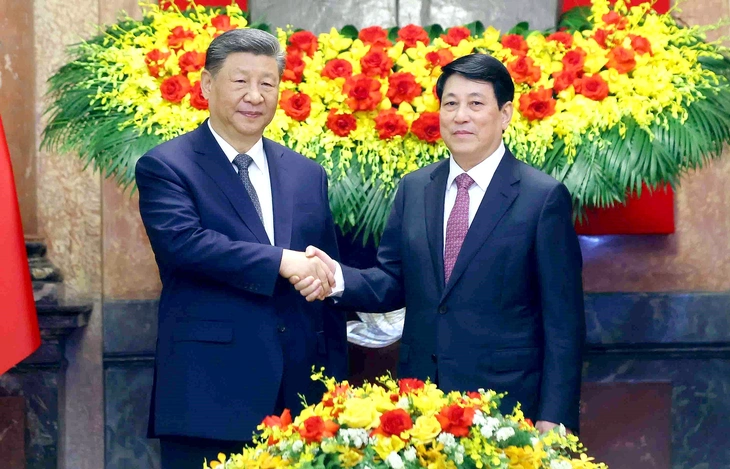
















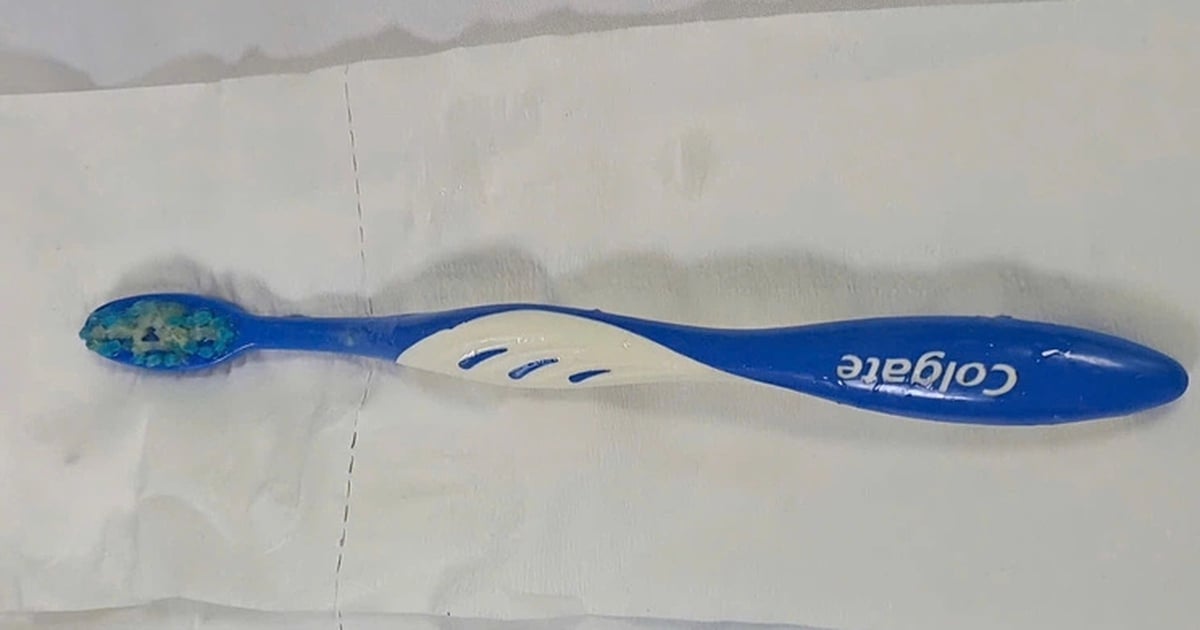





























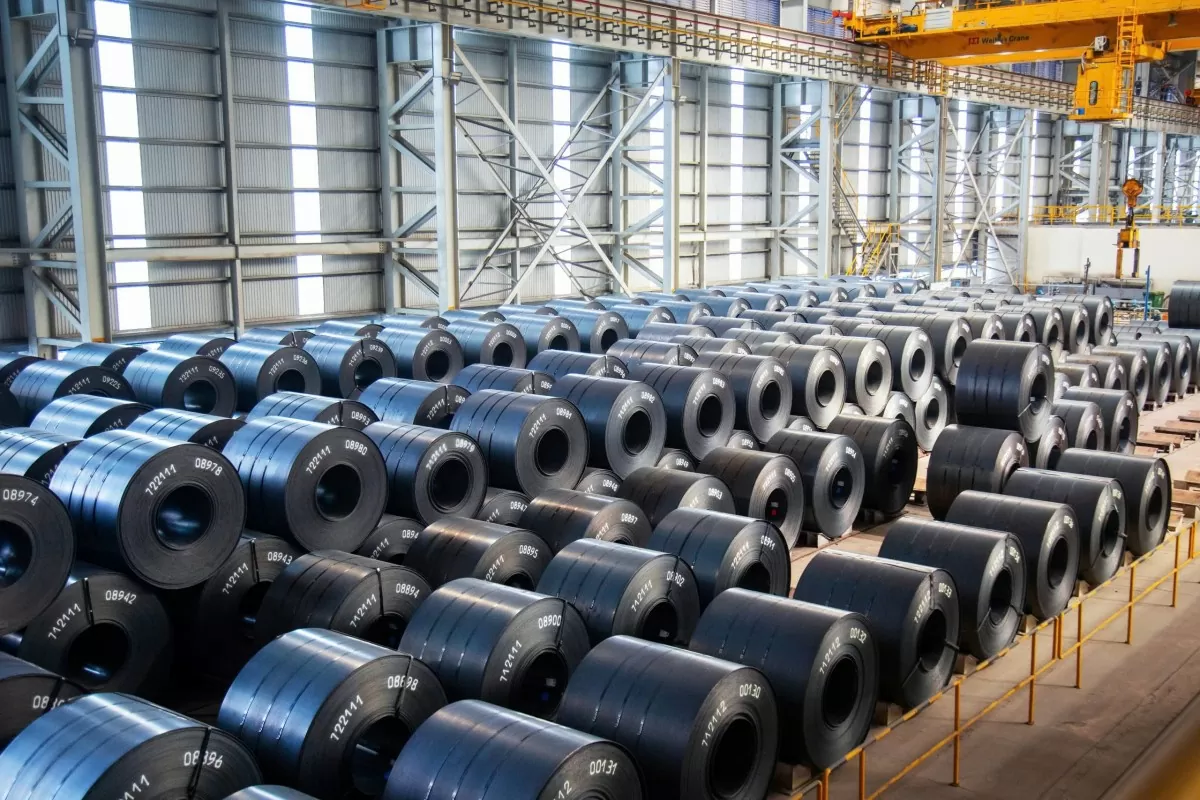



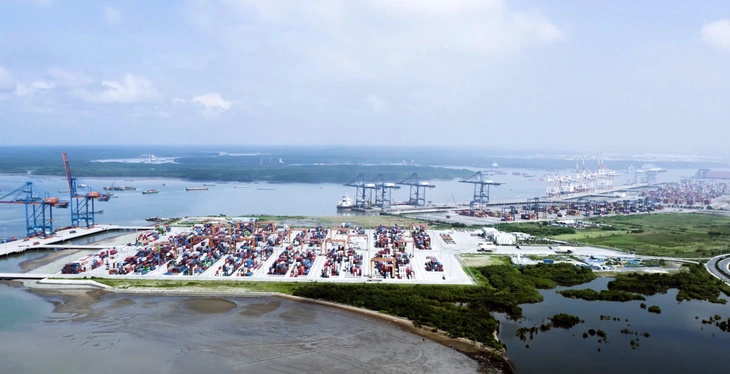



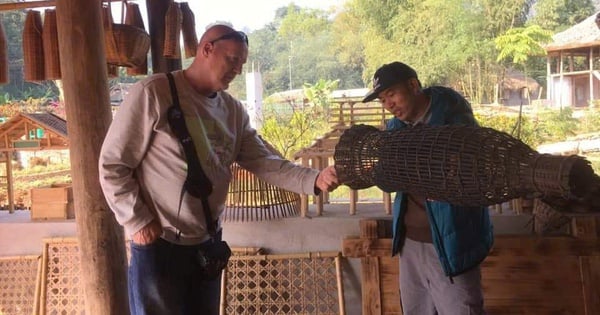






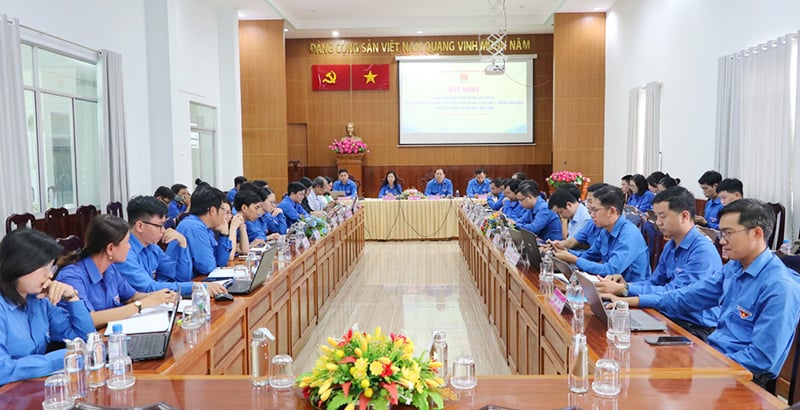






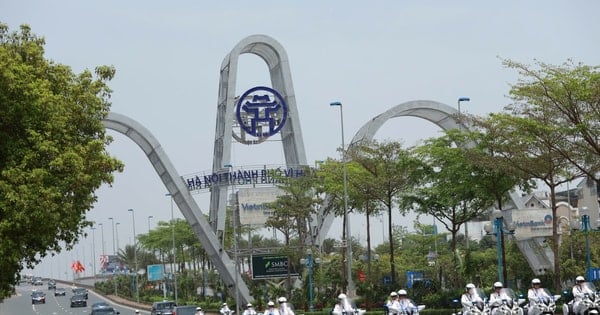









Comment (0)